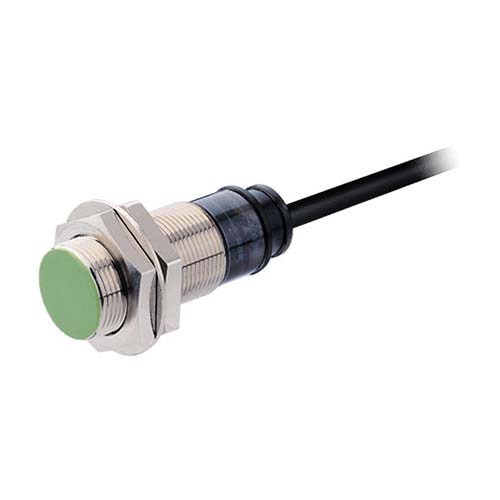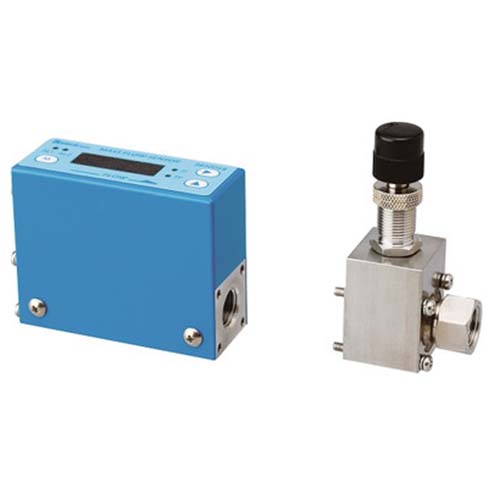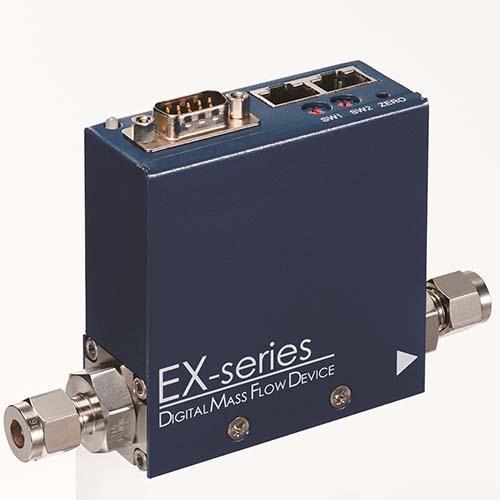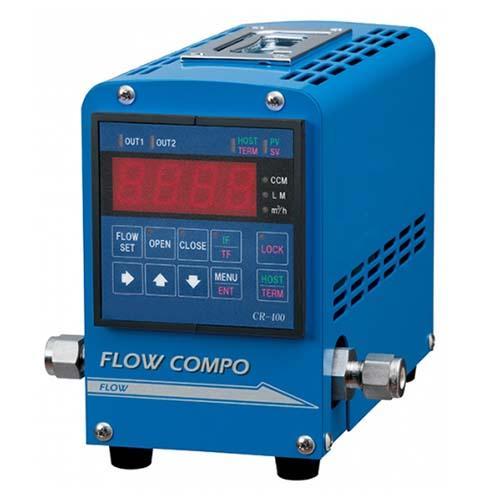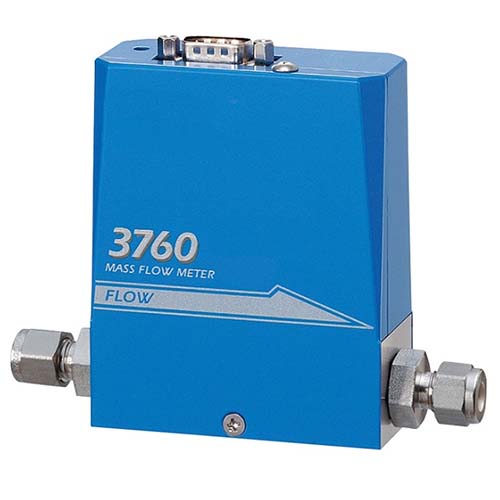FGT think your best choice in the future
System Integration Designers in FGT
Inductive transmission proximity switch Model PET18-5 series | Autonics brand
Autonics brand | PET18-5 inductive transmission proximity switch: Sensing surface diameter: M18/Set transmission distance: 1~4.5mm/Material: Brass (nickel plated) No additional power supply required, can be used to transmit various Autonics inductors Proximity switch for non-contact data transmission. Proximity switches can be easily installed and require no additional power supply to generate and transmit signals. Inductive transmission proximity switches are suitable for use in a variety of environments, including drilling, robotics, automatic conveying systems, etc. .
The PET18-5 is an inductive transmission coupler that can be used for contactless data transmission to various inductive proximity sensors.
Autonics product catalog includes photoelectric switches, fiber optic sensors, area sensors, rotary encoders, proximity sensors, pressure sensors, timers, counters, temperature controllers, panel displays. The brand's photoelectric sensors are designed to detect the presence, presence or distance of an object using a light emitter and receiver. These sensors feature NPN, PNP, or relay circuitry and operate over a temperature range of -25 to 65 degrees Fahrenheit. Autonics also offers two-phase and five-phase stepper motors that convert electrical energy into rotational energy
The following are some of PET18-5
Main specifications:
Sensing surface diameter: M18
Transmission distance: 5mm
Set transmission distance: 1~4.5mm
Reaction time: Max. 1 millisecond
Material: brass (nickel plated)
- It supports inductive coupling, which generates and transmits signals without the need for additional power.
- The PET18-5 series is designed for use with any 18mm DC inductive proximity sensor.
- It can operate stably in various environmental settings.
- The sensing side diameter of PET18-5 is M18.
- The transmission distance is 5mm, and the set transmission distance can be adjusted between 1~4.5mm.
- The maximum reaction time of PET18-5 is 1ms.
- The material used for the coupler is brass with nickel plating.
If you are interested, you can also order the Autonics PET18-5 from FGT.
Autonics brand PET18-5 inductive transmission proximity switch
Can be used for contactless data transmission to various Autonix inductive proximity switches. Proximity switches can be installed easily and generate and transmit signals without additional power. Inductive transmission proximity switches are suitable for use in a variety of environments, including drilling, robotics, automatic conveying systems, and more.
Autonics product catalog includes photoelectric switches, fiber optic sensors, area sensors, rotary encoders, proximity sensors, pressure sensors, timers, counters, temperature controllers, panel displays. The brand's photoelectric sensors are designed to detect the presence, presence or distance of an object using a light emitter and receiver. These sensors feature NPN, PNP, or relay circuitry and operate over a temperature range of -25 to 65 degrees Fahrenheit. Autonics also offers two-phase and five-phase stepper motors that convert electrical energy into rotational energy
main feature
- Inductive coupling allows signal generation and transmission without additional power
- Stable operation in various environmental settings including dust or oil
- Applications: drilling, robotics, automatic conveying systems, etc.
proximity switch(English:proximity sensor) also calledproximity sensor, is a sensor that can detect the presence of nearby objects without contact.
Proximity sensors typically function by emitting an electromagnetic field or a beam of electromagnetic radiation (such as infrared) and observing changes in the electric field or return signal. The object that can be detected is called the target of the proximity switch. Different types of proximity switches have different objectives, such as capacitive proximity switches orPhotoelectric switchPossible to detect plastic targets, whileInductive proximity switchCan only detect metal targets.
Sensors have a "nominal range" defined by their design, the maximum distance they can detect. Some sensors have the ability to adjust within the nominal range and to report the detection distance classification.
Therefore, the proximity switch has no mechanical parts, and there is no physical contact between the sensor and the object being sensed, resulting in high reliability and long service life.
Smartphones or similar mobile devices are often equipped with proximity switches. The device can wake up from sleep mode when a target is present within the nominal range. If the proximity sensor's target persists, the device can also ignore it and go back to sleep. A common design is that when using a smartphone to make a call, the proximity switch will detect the presence of the target and treat it as if it is placed in the ear, at which point the touchscreen will be temporarily turned off to avoid accidental operation.[1]Proximity sensors are also used for vibration monitoring of some mechanical devices.
Proximity switches tuned to ultra-short distances can also be used as atact switch.

Proximity switch application
- Parking radar, a system mounted on a car's bumper that senses the distance to nearby vehicles for parking
- ground approach warning system
- Vibration measurement of rotating shafts in mechanical installations[2]
- Top dead center (TDC)/camshaft sensor in reciprocating engines
- Paper Break Sensing in Paper Machines
- anti-aircraft gun
- roller coaster
- Conveyor system
- mobile device
- Turn off touch screen when close to face
- Reduce radio power when close to body to reduce radiation exposure[3]
- automatic faucet
Proximity switches, including those produced by Autonics, have a wide range of applications in various industries due to their ability to detect the presence of an object without making physical contact. Here are some common applications for proximity switches:
Automotive industry:
Proximity switches are used in vehicle assembly lines to detect the presence of parts, control processes and ensure precise positioning of components.
Manufacturing and assembly:
Proximity switches are used in automated manufacturing and assembly lines to monitor the position of workpieces, control conveyor systems and detect the presence of objects for precise processing.
Packaging industry:
Proximity switches play a vital role in packaging machinery, detecting the presence of packaging materials, accurately controlling the movement of packaging components, and ensuring correct product packaging.
Material handling:
Proximity switches are used in material handling equipment such as conveyor systems, elevators, and automated guided vehicles to detect the presence of objects, control material flow, and prevent collisions.
robot technology:
Proximity switches are integrated into robotic systems to provide feedback on the position of robotic arms, grippers and end effectors, ensuring safe and accurate operation.
Machine Tools:
Proximity switches are used in machine tools to monitor workpiece position, control tool positioning and provide feedback for automated machining processes.
These are just a few examples of the many applications for proximity switches. Their versatility and reliability make them an essential part of modern industrial automation processes.
Rotary encoderprinciple| Our performance
Photoelectric switch principle | Our performance

